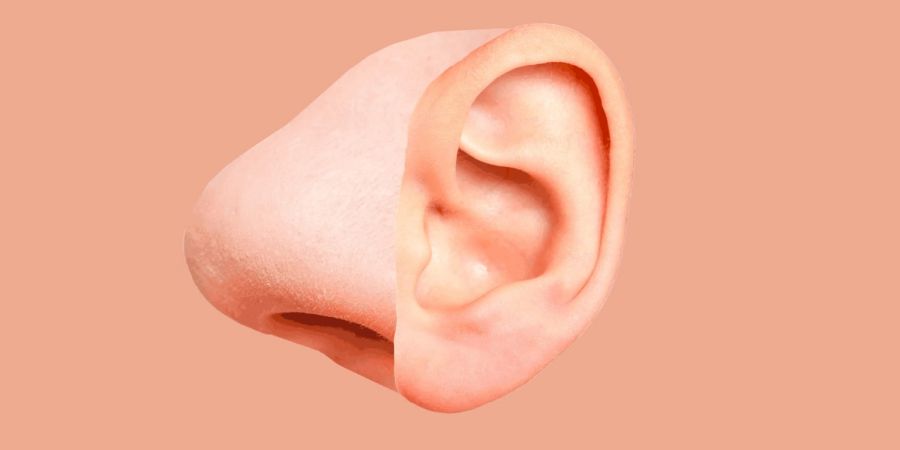

After your parents have ticked off the last mark on your childhood growth chart, after you’ve stopped outgrowing shoes, and when the horrors of puberty are a distant memory, you may think it’s safe to claim that you’ve “stopped growing.” But there are two significant parts of your body that apparently didn’t get the memo. Once the growth of the rest of your body has slowed to a stop, your nose and your ears continue increasing in size. (So does that make it… three body parts that never stop growing?) Find out about 8 strange body parts and their surprising purposes. Dr. Ryan Neinstein, a plastic surgery practitioner at NYC Surgical Associates and Neinstein Plastic Surgery, explains what makes these two facial features different from the rest of your body. Dr. Neinstein describes how the multiplication of our cells drives the growth of our bodies. “Most cells in our body stopped multiplying at puberty,” Dr. Neinstein told Reader’s Digest. When the cells throughout our bodies, such as bone, muscle, and fat cells, stop duplicating, we stop growing. This doesn’t mean that cells themselves can’t get larger (they can; it’s how we build muscle) or shrink (they can; it’s how we burn fat). But most of them stop dividing, and in most parts of our body, “the number of cells is ‘locked in'” after puberty, says Dr. Neinstein. Here are some body parts you’re not washing enough. Our noses and ears are unique compared to the rest of our bodies because they’re composed of soft tissue enveloped in cartilage. And it’s this soft tissue that keeps growing throughout our entire lives. “When you look at someone when they’re 80 vs. when they’re 20, they’ll have more cells in their ears and nose,” Dr. Neinstein says. If you’ve noticed that some older people seem to have larger ears and noses, well, this is why. And no, it’s not just “drooping” due to gravity. Dr. Neinstein says that noses and ears grow up as well as down. Don’t miss these body parts that are younger than you think. If you’re wondering why hair and nails don’t make the list of body parts that don’t stop growing, Dr. Neinstein has an explanation for that, too. Hair and nail growth, he says, is genetic and differs for everyone; for instance, baldness is hereditary. While continued ear and nose growth is consistent, the situation of hair and nails is “not as clear-cut,” Dr. Neinstein says. (No pun intended.) Next, find out about 17 body parts you didn’t know had names.Almost every tissue in the human body continues to grow through cellular mitotic division throughout life. When we break a bone, new osteocytes divide, fill in holes and crevices, and stitch bones together. If we cut our finger, dermal cells divide and provide new skin. If we lose part of our liver to an injury, the lost part typically is quickly replaced. The only two somatic cell types that do not replicate after age 20 or so are neurons (nerve and functional brain cells) and muscle cells. Many people do not realize it, but truly atrophied muscle cells are dead, and cannot be replaced. Remaining muscle cells must pick up the slack and contract harder. In women, at menarche, ova will not continue to form. A woman’s full compliment of eggs are in place at the time of initial ovulation. Nowadays, drugs and other techniques can potentially alter this, but this is the natural rule. With males, spermatozoa are typically produced throughout life, although at lower rates as one ages and with more genetic mutations.




